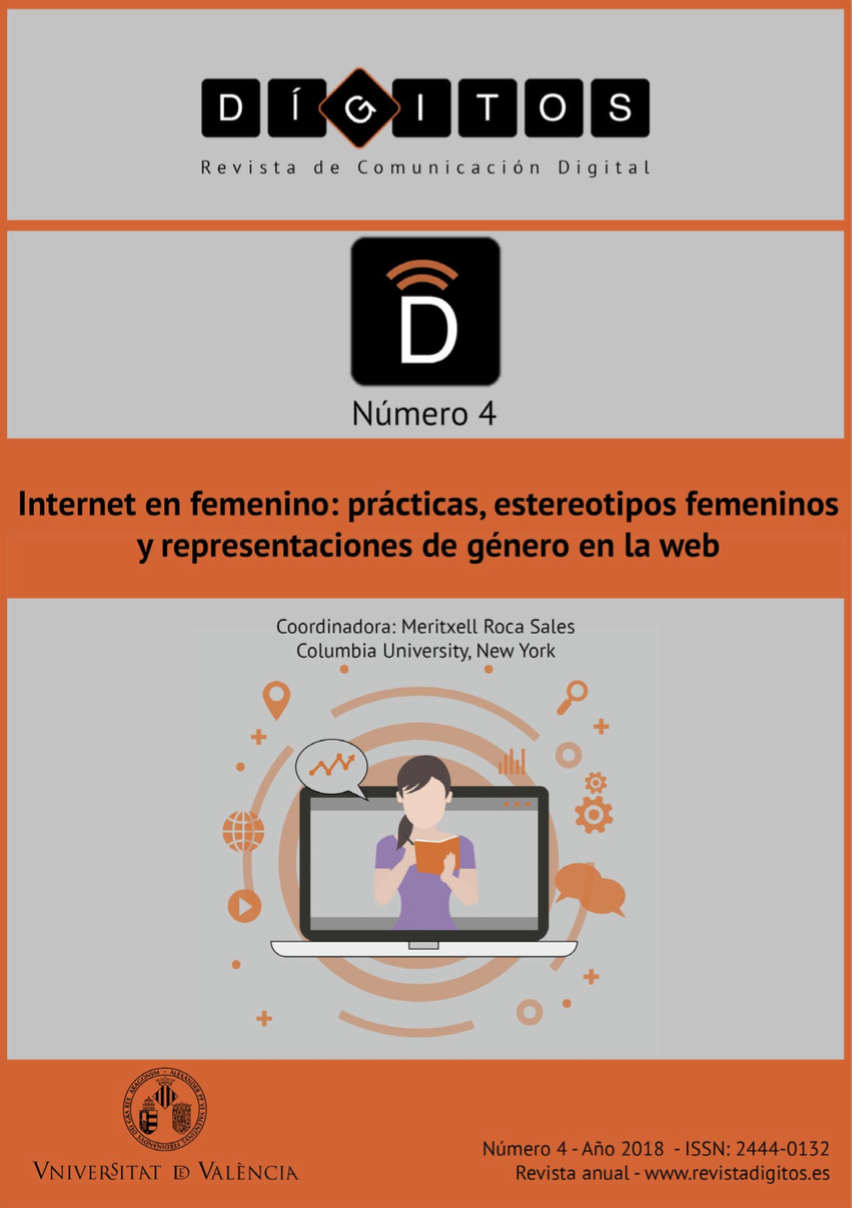The expansion of the fictional universe of The X-Files on social TV
DOI:
https://doi.org/10.7203/rd.v0i4.107Resum
The social TV marks the convergence of television experience with social media. The phenomenon refers to content sharing through social networks and second screen apps simultaneously to television broadcasting. In this context, this article aims to discuss the features explored by Fox during The X-Files 10th season to engage the interacting viewers with social TV. We analysed the dialogue between the fictional universe of the series and the backchannel through a monitoring of @thexfiles profile postings on Twitter during the exhibition of series episodes.
Referències
Anderson, B. (2008): Comunidades Imaginadas - reflexões sobre a origem e a difusão do nacionalismo. São Paulo: Companhia das Letras.
Ausiello, M. (2015): "X-Files @ NY Comic-Con: Chris Carter Reveals Why He Broke Up Mulder and Scully — They Had Difficulties". TV Line.
Borges, G.; Sigiliano, D. (2016): “Television dialogues in Brazilian fiction: Between production and consumption”. Applied Technologies and Innovations, n.2, pp. 1-17.
Buonanno, M. (2015): “Um eulogia (prematura) do broadcast: o sentido do fim da televisão”. Revista Matrizes, n.1, pp. 67-86.
Caldwell, J. T. (1995): Televisuality: Style, Crisis and Authority in American Television. New Brunswick: Rutgers University Press.
Cannito, N. (2010): A televisão na era digital – interatividade, convergência e novos modelos de negócio. São Paulo: Plexus.
Carter, C. (2016): Arquivo X - Uma série de casos. Manaus, Twentieth Century Fox Television, 3 discos/ NTSC, color, Dolby Digital 5.1.
Fechine, Y. (2016): “TV Social, práticas interacionais e modos de presença: contribuição para a delimitação do conceito”. Paper presented at the XXV Encontro Anual da Compós, Goiás, Goiânia, June 6-9.
Foutch, H. (2013): “Comic-Con 2013 | Painel - 20 anos de Arquivo X”. Omelete, July 19.
Johnson, C. (2005): “Quality/Cult Television: The X-Files and Television History”. In The Contemporary Television Series, edited by Michael Hammond and Lucy Mazdon, 57-74. Edinburgh : Edinburgh University Press.
Lavery, D; Hague, A.; Cartwright, M. (1996): "Generation X – The X-Files and the cultural moment". In Deny All Knowledge - Reading the X-Files, edited by David Lavery; Angela Hague and Maria Cartwright, New York: Syracuse University Press, pp. 01-21.
Observatório da Qualidade do Audiovisual. 2015-2016. “Análise Social TV”. Observatório da Qualidade do Audiovisual.
Porter, B.; Porter, L. (2010): “The Adventures of Brisco County”. In The Essential Cult TV Reader, edited by David Lavery, Kentucky: University Press of Kentucky, pp. 15-21.
Proulx, M.; Shepatin, S. (2012): Social TV – How marketers can reach and engage audiences by connecting television to the web, social media, and mobile. New Jersey: John Wiley& Sons Inc.
Recuero, Raquel. 2014. A conversação em rede: comunicação mediada pelo computador e redes sociais na Internet. Porto Alegre: Sulina.
Santaella, L. ; Lemos, R. (2010): Redes sociais digitais: a cognição conectiva do Twitter. São Paulo: Paulus.
Sigiliano, D. ; Borges, G. (2016): “A Rede Globo no ecossistema da Social TV: uma análise sobre as postagens do perfil @redeglobo no Twitter”. Revista Intexto, n.36, pp. 103-120.
Silverstone, R. (1994): Television And Everyday Life. New York: Routledge.
State of the Media Trends in TV Viewing 2011 TV Upfronts. (2011): Nielsen, April 22. http://www.nielsen.com/content/dam/corporate/us/en/newswire/uploads/2011/04/State-of-the-Media-2011-TV-Upfronts.pdf. [Consulta: 10 de April 2017]
Summa, G. (2011): Social TV: the future of television in the Internet Age. DSpace@MIT: Massachusetts Institute of Technology.
TV season 2015-2016 in review: the biggest social TV moments. (2016): Nielsen, December 22. http://www.nielsen.com/us/en/insight/news/2016/tv-season-2015-2016-in-review-the-biggest-social-tv-moments.html. [Consulta: 10 de April 2017]
Warren, C. (2011): "MTV VMAs Get Enhanced Second Screen Experience". Mashable, August 26. http://mashable.com/2011/08/26/vmas-all-access-live-ipad/#PtP1iKDQfGqr [Consulta: 10 de April 2017]
Wohn, Y. (2013): “History of Social Television”. Yvettewohn, January 11 http://yvettewohn.com/2013/01/11/history-of-social-television.
Wolk, A. (2015): Over the top – How the internet is (slowly but surely) changing the television industry. New York: CreateSpace .
Wolton, D. (1996): Elogio do grande público- Uma teoria crítica da televisão. São Paulo: Ed. Ática.
Zuell, B.; Preradović, M. (2013):“Methods and usage of sentiment analysis in the context of the TV industry”. Paper presented at the 4th European Conference of Systems, Paris, France, October 29-31.







